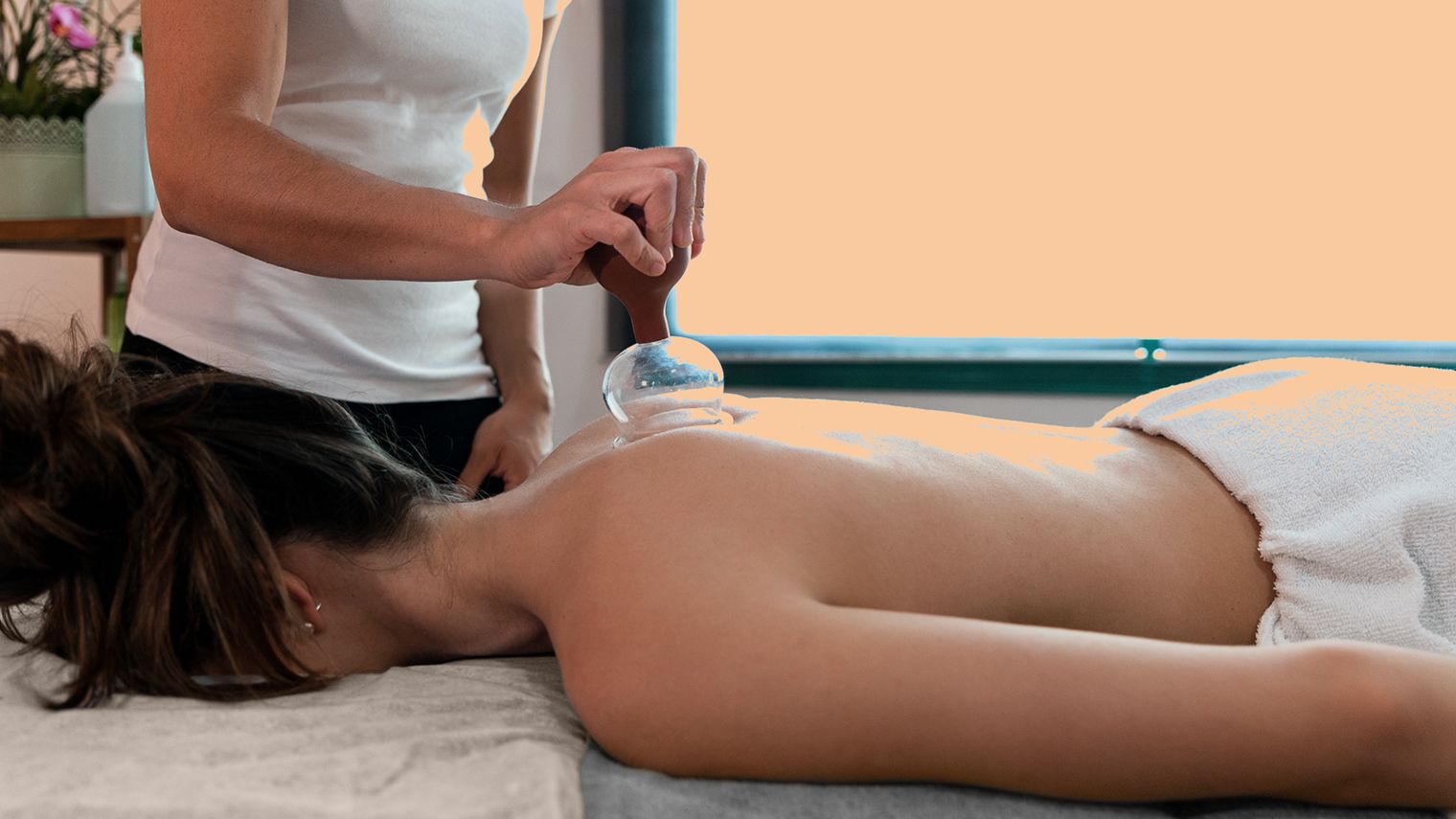My Top 11 Favorite Natural and At-Home Remedies for PsA Pain Management
November 01, 2022
Content created for the Bezzy community and sponsored by our partners. Learn More

Photography by David Prado/Stocksy United
If you’re looking for additional symptom relief from psoriatic arthritis symptoms, at-home remedies may help.
When it comes to natural and at-home remedies for psoriatic arthritis (PsA) pain, options fall into one of two categories: immediate or long-term.
Sometimes, you may find yourself barely hanging on and needing quick pain relief. Other times, you can commit to long-term techniques that have long-term payoffs. Either way, pain management can be tricky, and what works for one person may not work for someone else.
It’s important to have as many pain management options in your tool kit as possible. Here are some of my favorites.


Immediate at-home pain relief options
If you’re having a bad flare and need a quick pain relief fix, there are a lot of natural and over-the-counter options to try. From products to topical treatments, these options may immediately ease some of your symptoms.
CBD oil
My CBD (cannabidiol) cream is my first stop for spot-managing pain and stiffness. CBD comes in a variety of oil, cream, and rub-on products. Research shows that CBD may help ease joint pain and inflammation.
Good CBD products can get expensive, but a little goes a long way. In my experience, it’s well worth the price if you go with a quality brand.
TENS units
TENS (transcutaneous electrical nerve stimulation) units confuse nerve signals in the body, reducing the number of pain signals sent to the brain.
While more research is needed into the effects of TENS on chronic pain, some people with PsA find it helps their symptoms. It doesn’t provide long lasting relief, but it can work well as a temporary solution. To save money on batteries and gel pads, buy a rechargeable unit.
Massage
Massage therapy has been shown to reduce pain, increase range of motion, and boost people’s moods. Many people with PsA swear by massage to ease tension. You can receive a full-body massage from a professional or massage smaller areas yourself.
You may want to proceed with caution if you also have fibromyalgia. I used to love hot stone massages, but since adding fibro to my growing diagnoses list, even the thought of someone massaging me makes me want to cry. Massage may not be the best choice for you, depending on your flares or co-conditions.
Ice and heat
No matter where you land on the ice/heat debate to manage PsA pain, it is good to have both options available.
In addition to ice packs and heating pads, you may want to also try a topical cream like Icy Hot. Creams and other roll-ons typically work best for smaller areas of pain, such as finger joints or ankles. However, if you’re hurting so much that it feels like you need to bathe in Icy Hot, you might want to back away from the tube and try another treatment.
Read the label carefully, and don’t put cream on sensitive areas or joints with active psoriasis. I learned the hard way that putting it on my face made my eyes burn, and I wanted to cry for the rest of the day.
Heated mattress pad/blanket
My heated mattress pad is by far one of my favorite investments for pain relief, particularly for my back and hips. It’s like having a heating pad for your whole body.
I have a dual-control pad because my husband wants no part of a heated mattress. I turn my side all the way up on painful evenings, so they don’t turn into stiff mornings.
Braces/splints
For the last 6 months, I’ve been battling a painful flare in my lower back. Every time I bend a quarter of the way forward, I have terrible shooting pain all the way through my lower back and legs. My rheumatologist prescribed me a back brace, and it’s helped me a ton.
While braces aren’t a long-term solution (prolonged use may weaken muscles and joints), their support can help ease inflammation.
Epsom salt soaks
Mineral-rich Epsom and dead sea salt baths may help ease joint inflammation and stiffness and reduce swelling. The warm bath water also does a good job of soothing muscles and tendons.
Soaks work and feel best for me in the colder months of the year.
Natural long-term pain management options
Some pain management techniques require time and commitment for noticeable results. The following options can require weeks, months, or even years of commitment. But if you find one that works for you, it can be life-changing.
Autoimmune protocol diet (AIP)
The AIP diet is said to reduce inflammation, pain, and other symptoms of autoimmune diseases by eliminating triggering foods and replacing them with nutrient-rich, gut-friendly foods.
It takes time and determination to say “goodbye” to sugar, gluten, and processed foods. After eliminating them, you reintroduce them slowly to see what triggers your PsA symptoms. I had to stick with full elimination for almost a year to figure out what foods contribute to my pain and inflammation.
The AIP diet isn’t for everyone, but if you’re committed to learning how your body responds to inflammatory foods, it’s well worth the effort.
PEMF therapy
PEMF (pulsed electromagnetic field) therapy reduces inflammation by sending small amounts of energy to targeted areas of the body with a magnetic device.
Quality PEMF devices can be a financial investment, but their benefits extend beyond PsA pain management. They can help people heal faster from surgery, and can even be a possible treatment option for pelvic and bladder pain.
Supplements
Herbs and supplements like turmeric, vitamin B, and omega-3 can help the body manage pain and combat inflammation. It takes time for these compounds to build up in your body, so it may take a few months to feel a noticeable difference. Make sure to talk with your doctor before adding any supplements to your diet.
Physical therapy
While it can sound counterproductive to move when it’s painful, the truth is that physical therapy, stretching, and simple exercises can help ease current pain and prevent future pain. PT can also increase mobility if you have difficulty with balance or walking.
There are some days when the thought of movement of any sort makes me want to moan and groan. But the reality is more often than not, once I’ve “greased” my joints a little, they’re much happier.
Rest when you can
The most overlooked remedy for pain may be the simplest — rest. If you’re anything like me, you spend too much time trying to push through the pain. Cut yourself some slack and let your body have the rest that it clearly needs.
PsA pain management comes down to a combination of medication, lifestyle changes, and supplemental treatments. If you’re looking for additional symptom relief, any of these natural and at-home remedies may help.
Medically reviewed on November 01, 2022


Like the story? React, bookmark, or share below:
Have thoughts or suggestions about this article? Email us at article-feedback@bezzy.com.
About the author